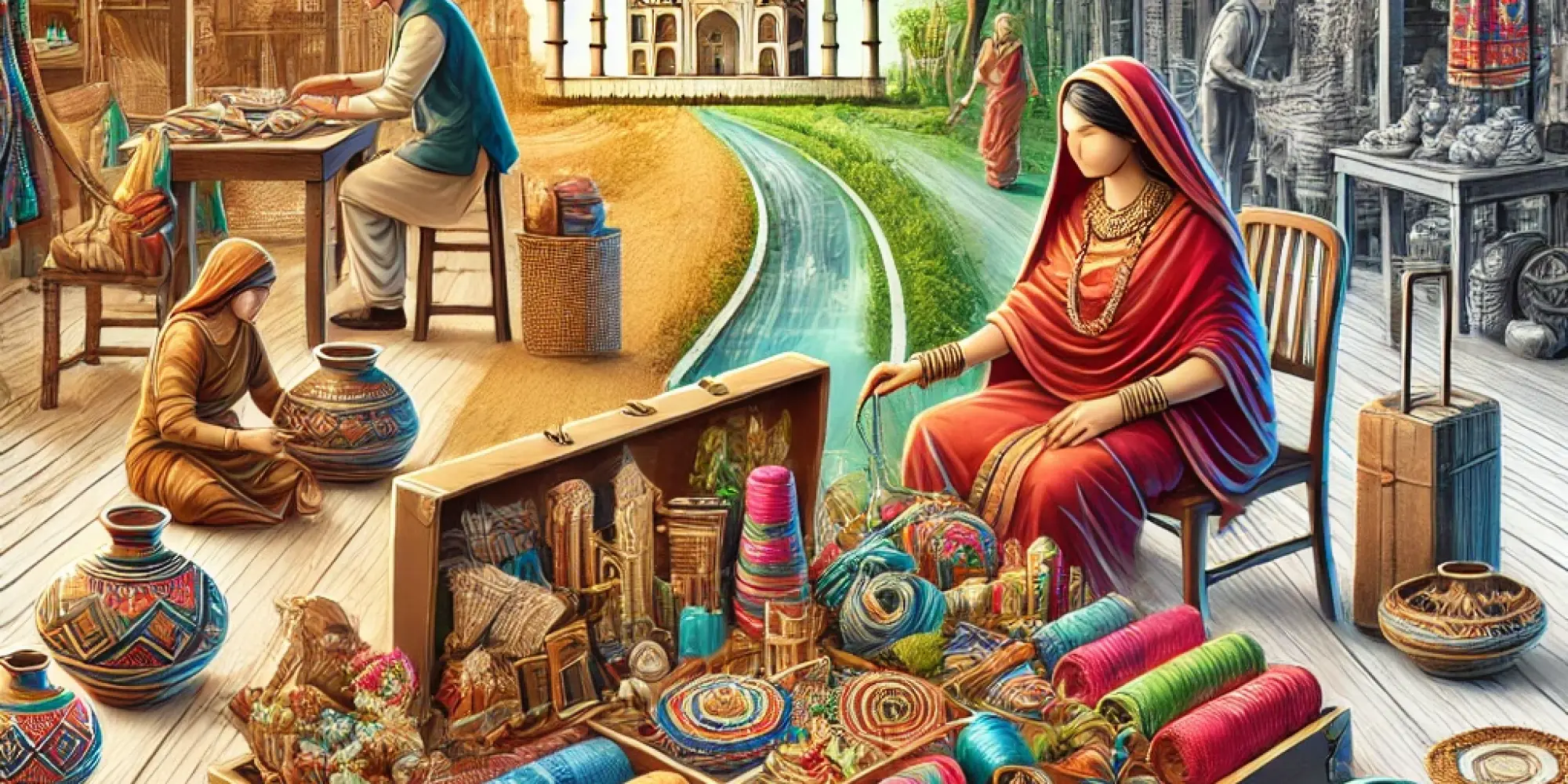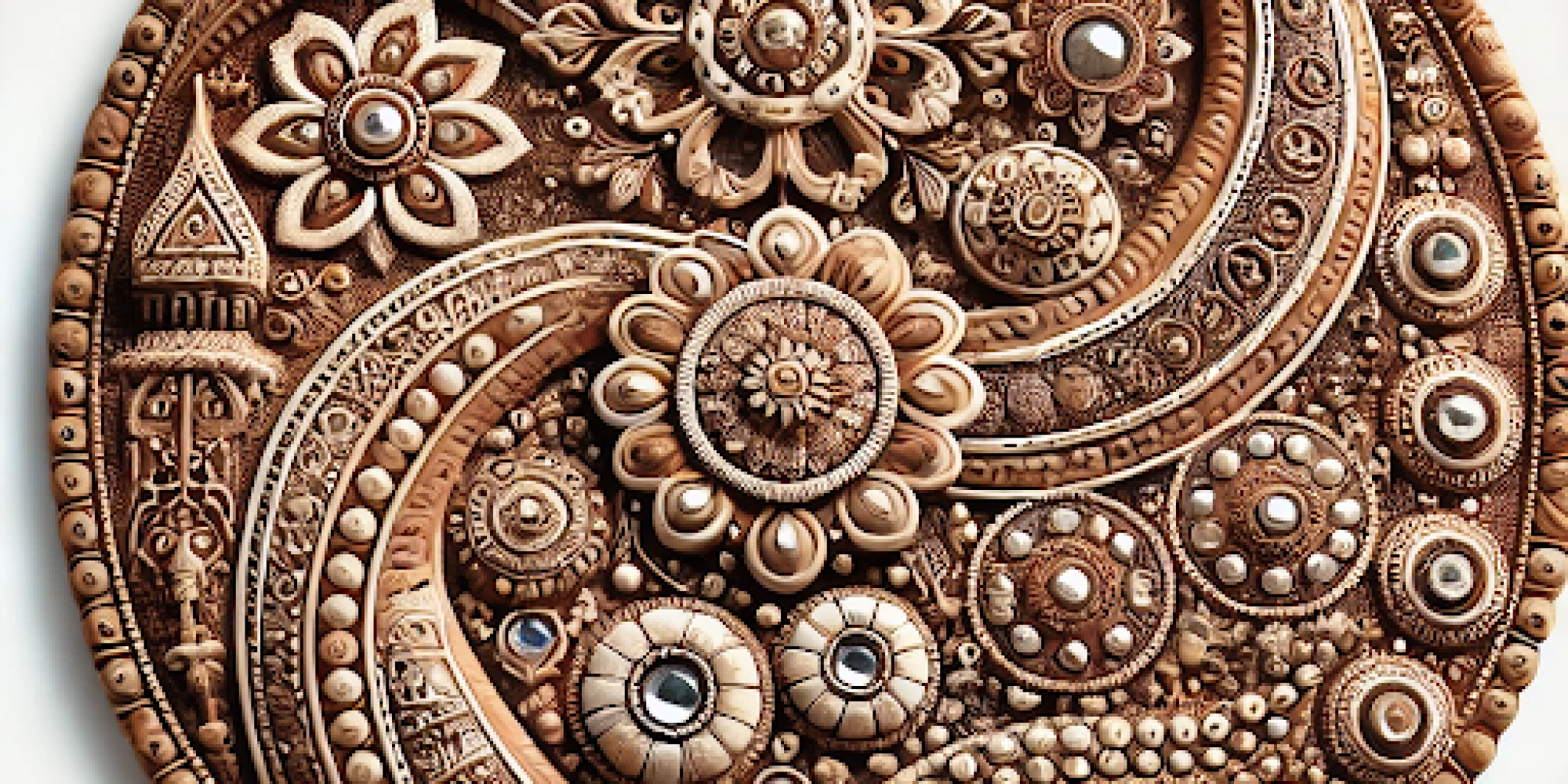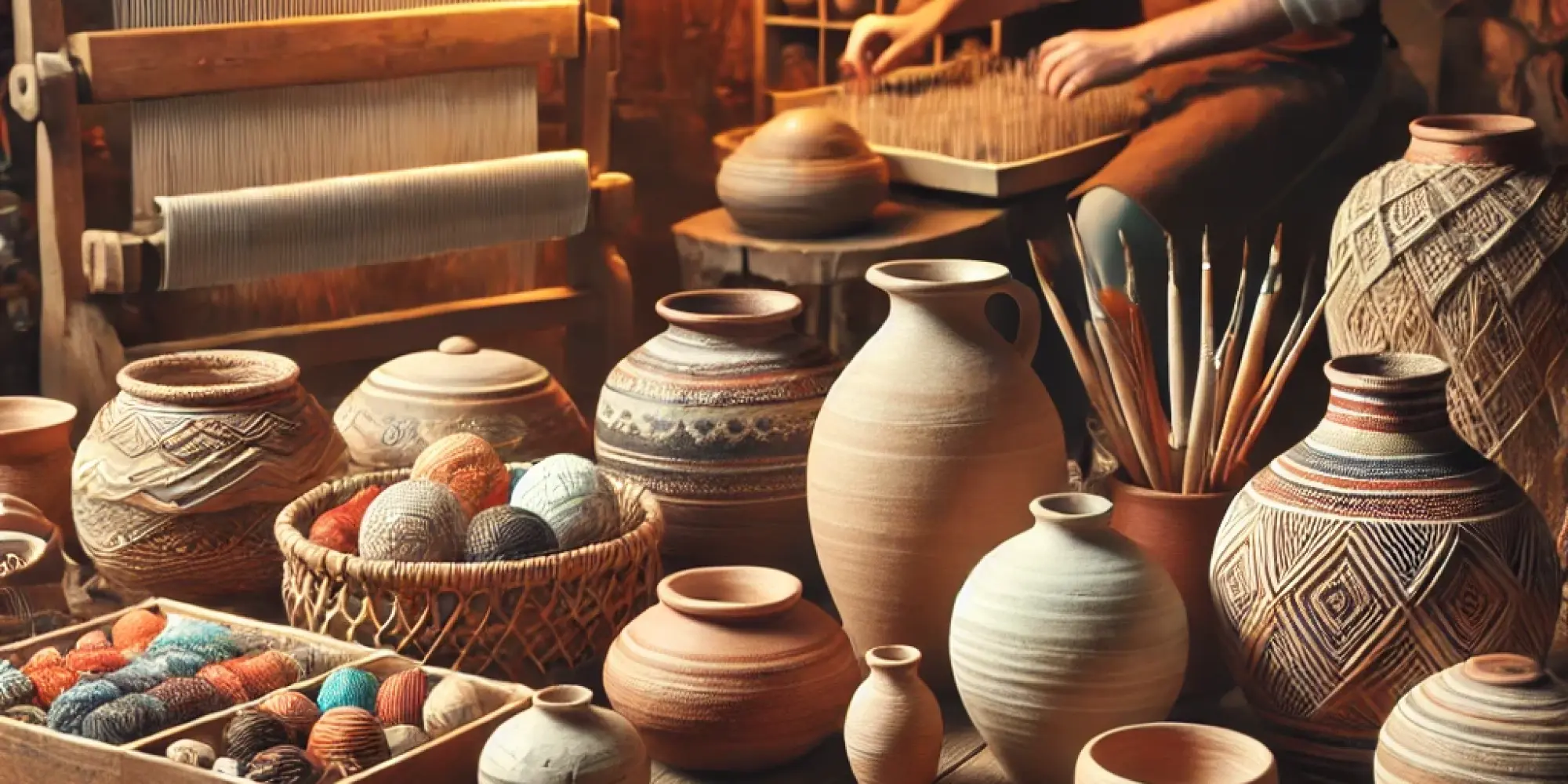
India has a rich tradition of handicrafts that reflect its cultural heritage, artistic excellence, and deep-rooted craftsmanship. From the rural heartlands to global markets, Indian handicrafts have made an incredible journey, captivating people worldwide with their authenticity and intricate designs. Let’s explore how these traditional art forms are gaining global recognition and why they continue to be cherished.
Indian handicrafts are diverse and unique, representing different regions and communities. Some of the most famous handicrafts include:
Mud and Mirror Art from Gujarat
Madhubani Paintings from Bihar
Pashmina Shawls from Kashmir
Brass and Metal Works from Moradabad
Terracotta Pottery from West Bengal
Wooden Toys from Channapatna, Karnataka
These art forms are not just decorative pieces but also a testament to India's rich cultural and artistic heritage.
Handmade Appeal: In an era of mass production, handcrafted products stand out for their uniqueness and exclusivity.
Sustainability: Indian handicrafts are often made using eco-friendly materials and sustainable practices, making them popular among environmentally conscious consumers.
Government Initiatives: Programs like ‘Make in India’ and ‘One District One Product’ have helped promote local artisans and boost exports.
E-commerce Growth: Platforms like Amazon, Etsy, and Indian marketplaces like Gaatha and Okhai have provided artisans with a global reach.
Cultural Appreciation: Festivals, exhibitions, and international collaborations have increased awareness and demand for Indian handicrafts.
Despite their global appeal, Indian artisans face several challenges:
Lack of Market Access: Many rural artisans struggle to reach international buyers due to limited resources and connectivity.
Competition from Machine-made Goods: Mass-produced replicas often overshadow authentic handmade products.
Financial Constraints: Artisans often lack financial support and face difficulties in sustaining their craft.
Changing Consumer Preferences: Modern designs and fast fashion sometimes overshadow traditional crafts.
The internet has revolutionized the way Indian handicrafts are marketed and sold. Online marketplaces and social media platforms have enabled artisans to showcase their work to a global audience. Businesses like Hatkala have played a crucial role in bridging the gap between artisans and buyers, ensuring fair trade and preserving these traditional skills.
Indian handicrafts are more than just products; they represent history, culture, and the unparalleled skills of artisans. With growing international demand, digital advancements, and government support, the future of Indian handicrafts looks promising. By supporting local artisans and choosing handmade products, we can help preserve this rich heritage and contribute to a more sustainable and culturally enriched world.




When ordering over $100
Get Return within 30 days
100% Secure Online Payment
Original Product Guarenteed
